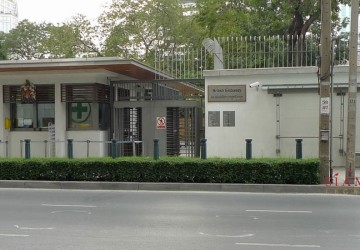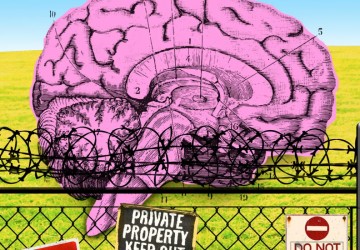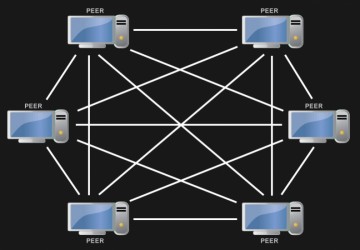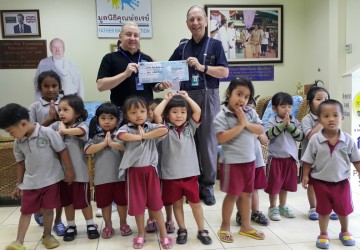
Understanding the Troubled Youth of Cambodia:
As we step into 2024, the shadow of the Cambodian Genocide, though often considered a relic of the past, continues to loom over the present. April 17th, 1975, marked the beginning of a harrowing era in Cambodia, one whose repercussions are still felt deeply today.
The Generational Impact
The children who bore the brunt of this tragedy are now adults, many of them parents themselves. Their children, the youth in their mid-twenties today, represent a generation born from the ashes of turmoil. They are either children or grandchildren of those who directly suffered through the genocide. This lineage carries with it a legacy of pain, loss, and a struggle for identity.
The Unseen Scars
Visitors to Cambodia, or neighboring countries like Thailand, often meet these young Cambodians without fully grasping the depth of their collective trauma. The genocide scarred and reshaped the lives of millions, leaving indelible marks on the generations that followed. Some parents, hardened by the fear of loss and the pain of their past, found it challenging to express love and affection to their children. This absence of emotional nurturing has shaped the psyche of the current youth.
The Struggle for a Future
The ramifications of the genocide extend beyond emotional scars. Many children grew up lacking basic education, with limited opportunities to learn to read and write. This educational void has perpetuated a cycle of poverty, as families struggle to break free from the shackles of their unprivileged backgrounds.
Resilience Amidst Adversity
Despite these challenges, the youth of Cambodia today exhibit remarkable strength and independence. However, this resilience is sometimes overshadowed by a void of care and passion in their lives, a consequence of the emotional detachment they experienced in their upbringing. This generational trauma is undeniable, manifesting in the continuous struggle of poor families trapped in poverty, hindered by a lack of education and a belief in the possibility of a better life.
A Hopeful Horizon
Yet, there is a glimmer of hope. The Cambodian people are slowly, but steadily, finding their footing. Many young Cambodians are venturing beyond their borders, particularly to more prosperous regions like Thailand, in search of work, education, and a chance to rebuild their lives. This movement symbolizes not just a search for better opportunities but also a testament to their enduring spirit and hope for the future.
Conclusion
The youth of Cambodia today are more than just descendants of a troubled past; they are the bearers of a legacy that speaks of resilience, hope, and the unyielding human spirit. Understanding their journey is not just about acknowledging their struggles but also about recognizing their strength and the promise of a brighter tomorrow.
-
 03/30/2024 1236
03/30/2024 1236 -
 03/20/2024 413
03/20/2024 413 -
 02/17/2024 466
02/17/2024 466 -
 02/17/2024 450
02/17/2024 450 -
 02/17/2024 515
02/17/2024 515
-
 06/11/2017 5108
06/11/2017 5108 -
 06/20/2017 3868
06/20/2017 3868 -
 10/08/2017 3865
10/08/2017 3865 -
 06/11/2017 3747
06/11/2017 3747 -
 06/29/2017 3417
06/29/2017 3417
FEATURED NEWS

GENERAL

GENERAL

GENERAL

GENERAL




LEAVE A COMMENT